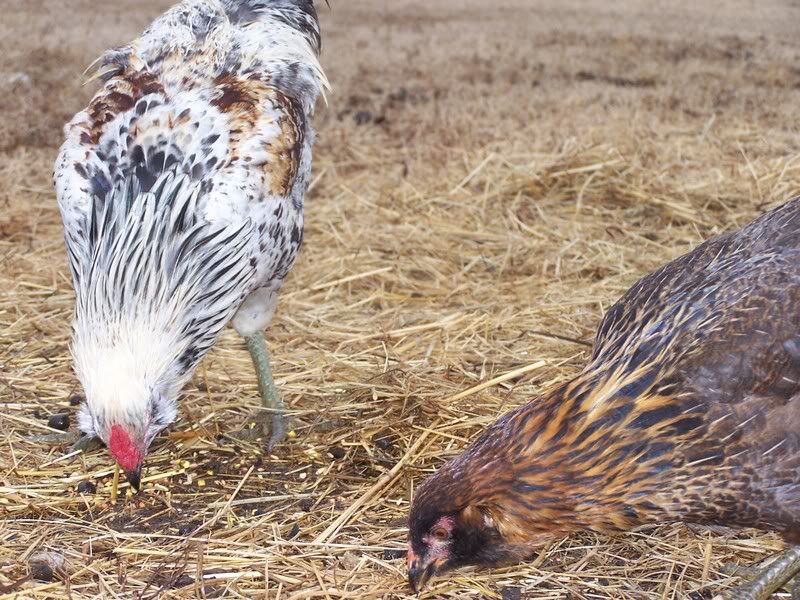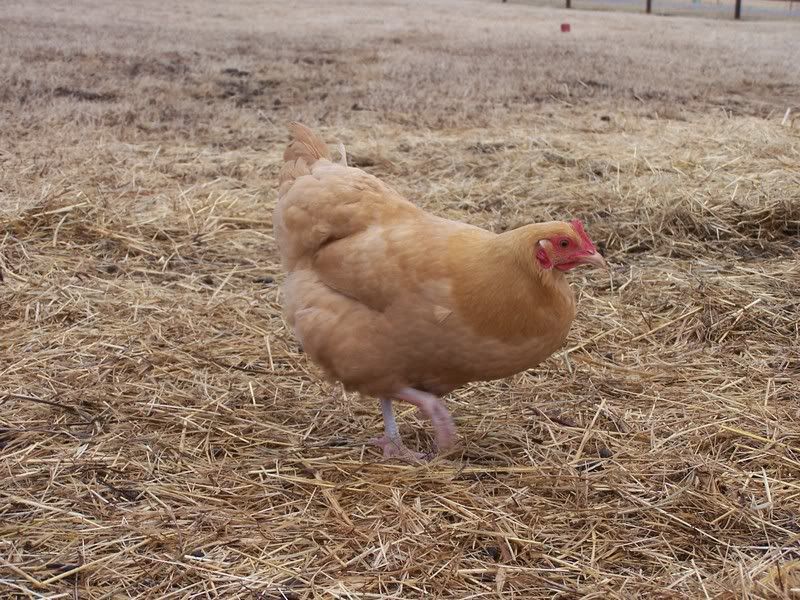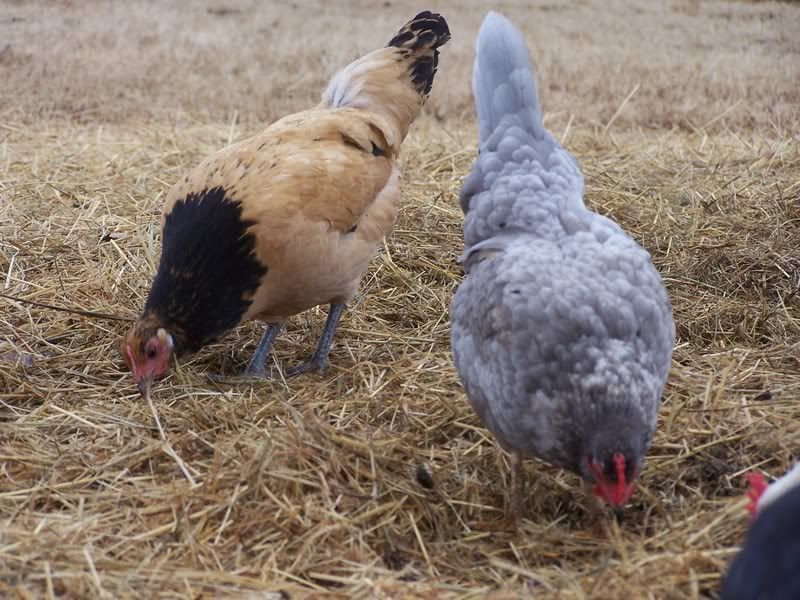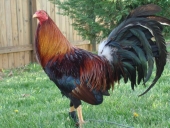


Justin Rhodes 45 minute video tour of wheaton labs basecamp
will be released to subscribers in:
soon!



 2
2




 2
2




 1
1




[img]http://i109.photobucket.com/albums/n52/havlik1/permie%20pics2/permiepotrait3pdd.jpg[/img]
"One cannot help an involuntary process. The point is not to disturb it. - Dr. Michel Odent
 3
3




 1
1




[img]http://i109.photobucket.com/albums/n52/havlik1/permie%20pics2/permiepotrait3pdd.jpg[/img]
"One cannot help an involuntary process. The point is not to disturb it. - Dr. Michel Odent
 1
1




 1
1




 actually though mine are fearful. .....thats the only reason they are still alive!
actually though mine are fearful. .....thats the only reason they are still alive! [img]http://i109.photobucket.com/albums/n52/havlik1/permie%20pics2/permiepotrait3pdd.jpg[/img]
"One cannot help an involuntary process. The point is not to disturb it. - Dr. Michel Odent









[img]http://i109.photobucket.com/albums/n52/havlik1/permie%20pics2/permiepotrait3pdd.jpg[/img]
"One cannot help an involuntary process. The point is not to disturb it. - Dr. Michel Odent




 1
1




[img]http://i109.photobucket.com/albums/n52/havlik1/permie%20pics2/permiepotrait3pdd.jpg[/img]
"One cannot help an involuntary process. The point is not to disturb it. - Dr. Michel Odent





 1
1





[img]http://i109.photobucket.com/albums/n52/havlik1/permie%20pics2/permiepotrait3pdd.jpg[/img]
"One cannot help an involuntary process. The point is not to disturb it. - Dr. Michel Odent












[img]http://i109.photobucket.com/albums/n52/havlik1/permie%20pics2/permiepotrait3pdd.jpg[/img]
"One cannot help an involuntary process. The point is not to disturb it. - Dr. Michel Odent




[img]http://i109.photobucket.com/albums/n52/havlik1/permie%20pics2/permiepotrait3pdd.jpg[/img]
"One cannot help an involuntary process. The point is not to disturb it. - Dr. Michel Odent








[img]http://i109.photobucket.com/albums/n52/havlik1/permie%20pics2/permiepotrait3pdd.jpg[/img]
"One cannot help an involuntary process. The point is not to disturb it. - Dr. Michel Odent










[img]http://i109.photobucket.com/albums/n52/havlik1/permie%20pics2/permiepotrait3pdd.jpg[/img]
"One cannot help an involuntary process. The point is not to disturb it. - Dr. Michel Odent








 she once layed two eggs on ladder I had hanging on a wall! only found them because she did did her little advertising routine while I happened to be out there. the one on the left is kind neat looking too, I need to do a little poking around to see what she is.
she once layed two eggs on ladder I had hanging on a wall! only found them because she did did her little advertising routine while I happened to be out there. the one on the left is kind neat looking too, I need to do a little poking around to see what she is.

[img]http://i109.photobucket.com/albums/n52/havlik1/permie%20pics2/permiepotrait3pdd.jpg[/img]
"One cannot help an involuntary process. The point is not to disturb it. - Dr. Michel Odent








Susan Monroe wrote:
To tell the truth, if what you're aiming for is decent egg-laying and adequate foraging instincts, I would just buy a collection of breeds with those qualities and turn them all loose together.
I thought you meant your were going to mix all kinds of chickens, egg and meat birds, good and bad foragers, natural birds and egg-laying machines. To me, that isn't such a great idea. But putting like-type birds together sounds fine.

Susan Monroe wrote:
I have to tell you, I don't like that one-chicken-to-a-pen idea. Chickens are flocking creatures. Even on my acre, my four girls tend to move around the property together. Inducing the stress of being single chickens, you may be adding stress, and stress is the enemy of happy chickens and good laying. (Mind you, I am kind of slow at learning this, myself.)
But if you're attempting to create the Wheaton chicken, it would probably take many years to reach a standard, and then to stabilize it so it bred true.




Leah Sattler wrote:
they all had muffs too.










[img]http://i109.photobucket.com/albums/n52/havlik1/permie%20pics2/permiepotrait3pdd.jpg[/img]
"One cannot help an involuntary process. The point is not to disturb it. - Dr. Michel Odent


















Susan Monroe wrote:
Try a jet engine, I hear they work great.
Sue

[img]http://i109.photobucket.com/albums/n52/havlik1/permie%20pics2/permiepotrait3pdd.jpg[/img]
"One cannot help an involuntary process. The point is not to disturb it. - Dr. Michel Odent












Susan Monroe wrote:
Kathleen, what part of the country are you in?
Sue








Susan Monroe wrote:
Compared to Alaska and New Hampshire, you probably feel like you're living in FLORIDA!
Sue













| I agree. Here's the link: http://stoves2.com |






